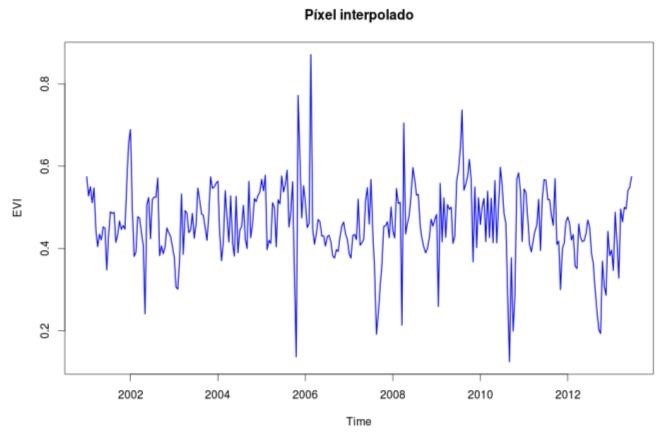Método de los promedios anuales en el monitoreo de los cambios de cobertura por deforestación usando el sensor MODIS
DOI:
https://doi.org/10.33017/RevECIPeru2014.0007/Keywords:
Disturbance, Deforestation, EVI, Box-JenkinsAbstract
The clearing of forests, through agricultural expansion, conversion of forests to pasture, infrastructure development, destructive logging, fires, etc. represent nearly 20% of emissions of greenhouse gases worldwide, more than the entire global transportation sector and second only to the energy sector. Therefore, in order to limit the impacts of climate change within limits that society can tolerate reasonably, global average temperatures must be stabilized within two degrees Celsius. This objective will be virtually impossible to achieve without reducing emissions from the forest sector as well as other mitigation (REDD +).
While there are methodologies for monitoring deforestation, most of these methods, if not all, require the user designation of a definition of threshold for classifying and identifying a change in land use from deforestation. Determining thresholds adds significantly to the increased efforts to detect changes in the regions cost and limits the study in various regions that undergo changes in coverage and the need to quantify it. Is needed, then, a historical analysis from archived satellite data to model the normal behavior and abnormal behavior, ie the disturbance (Hargrove et al. 2009). There is a critical need to allow independent analysis of time series of thresholds or definitions to detect specific abnormalities.
This paper presents a method that takes as a first step, a pre-processing time series of MODIS-EVI indexes before detecting and quantifying changes in coverage due to deforestation. The methodology basically involves having the entire time series then interpolate the missing data by filtering pixels disturbed with the band MOD13Q1 product reliability. After having the complete set for every pixel, every year averaged data so we have 13 values from 2001 to 2013. Finally use the control limits of classical statistics to see what the average is out of control and detect a change of use from deforestation.


